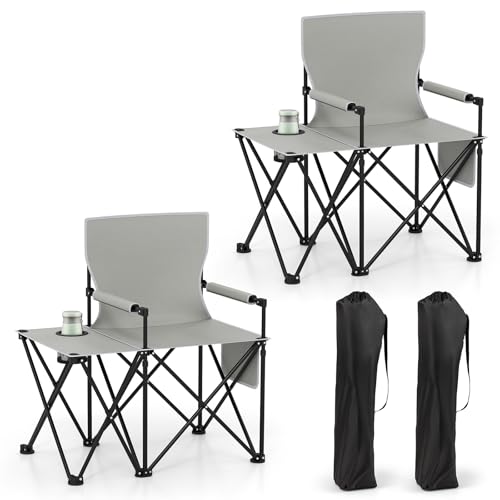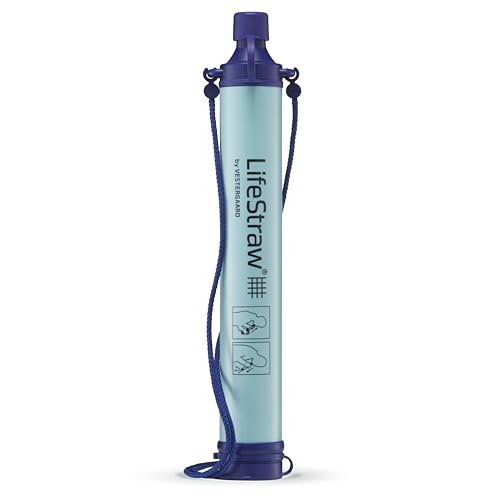There’s nothing quite like the warmth of a crackling fire, especially when you’re out in the wilderness. But what happens when the wood is damp and refuses to ignite? I’ve faced this challenge more times than I can count, and it can turn a cozy evening into a frustrating experience. Luckily, I’ve discovered some effective fire-starting techniques that work wonders even with wet wood.
Understanding Wet Wood Challenges
Starting a fire with wet wood poses unique obstacles for anyone spending time in nature. I know this frustration firsthand; damp conditions can make even the most seasoned camper feel defeated. However, recognizing these challenges lays the groundwork for effective fire-starting techniques.
Impact on Fire Starting
Wet wood holds significant amounts of moisture, hindering its ability to ignite. The moisture creates dense smoke, reduces heat output, and prolongs the time needed to achieve a flame. Even when flame is achieved, it can die out quickly if the wood doesn’t burn hot enough. Additionally, moisture weakens the chemical reactions crucial for combustion. Consequently, gathering dry kindling and combining it with appropriate techniques becomes essential for success.
Common Misconceptions
Many believe that a raging fire can arise from merely throwing wet logs into flames. This misconception leads to wasted time and dwindling resources. Others assume that any wood can burn if enough lighter fluid is used, which often results in hazardous flare-ups. It’s vital to differentiate between slightly damp and soaking wet wood, as slightly damp wood can sometimes ignite with the right preparation. Understanding the conditions of the wood and using proper techniques ensures a more efficient fire-building process in wet environments.
Essential Tools and Materials
For successfully starting a fire with wet wood, having the right tools and materials makes all the difference. I’ve found a few essentials that truly enhance my fire-starting success in damp conditions.
Recommended Fire Starters
- Cotton Balls and Petroleum Jelly: These make excellent fire starters. I pack cotton balls coated in petroleum jelly in a waterproof container. They ignite quickly and burn for several minutes, even under less-than-ideal conditions.
- Wax-Coated Cardboard: I use wax-coated cardboard from old boxes or food packaging. It catches fire easily and burns hot, offering a great boost when dealing with damp kindling.
- Commercial Fire Starters: Products designed specifically for wet conditions are effective. Brands like Instafire or Firestarter work well because they’ve been designed for just these challenges.
Best Kindling Options
- Dry Bark: I search for dry inner bark from trees like birch or cedar. It ignites quickly and provides a good base for building a fire.
- Small Twigs and Sticks: I gather small twigs that are dead but not too damp. These are perfect for creating a tepee structure around my flame.
- Natural Fibers: Grass, leaves, and other natural fibers can serve as kindling. I ensure they’re as dry as possible, which helps in catching the flame effectively.
With these tools and materials in hand, I’ve faced wet wood with more confidence, knowing I’m prepared to build a fire even in challenging conditions.
Best Fire-Starting Techniques for Wet Wood
Starting a fire with wet wood can be a real challenge, but I’ve found some techniques that work wonders in this situation. Below, I’ll share my favorite methods to light up that fire even when the conditions are less than ideal.
Method 1: Using Dry Materials
Always look for dry materials in your surroundings. I often search for dry leaves, pine needles, or thin twigs hiding under heavy foliage. These materials catch fire quickly and help to burn off the moisture in the wet logs. For best results, gather a generous amount of dry tinder and arrange it in a teepee shape around the wet wood. This setup allows airflow, making it easier for the flames to spread.
Method 2: The Jenga Technique
The Jenga Technique has become a staple for me when troubleshooting damp wood. I stack wet logs on the bottom and place smaller, drier sticks or kindling in between to create a sort of “tower.” As I light the kindling, the heat rises and gradually dries out the wet logs. This method not only maximizes heat but also maintains airflow, which is crucial for sustaining the fire. I always keep a few dry pieces handy to use as igniters, making it easier to set the whole structure ablaze.
Method 3: Firestarter Kits
Investing in a good firestarter kit pays off. I carry cotton balls coated in petroleum jelly or wax-coated cardboard in my pack. These ignite easily and burn for a longer duration, even in damp conditions. I light one of these starters first and then gradually add the dry materials, building the fire patiently. There are also commercial fire starters designed specifically for wet conditions, which I’ve had great success with. They’re compact and reliable, making them perfect for any camping adventure without worry about wet wood.
Tips for Success
Getting a fire going with wet wood takes some strategy and preparation. Here are a couple of tips that work for me when I’m tackling tough, damp conditions.
Preparing Your Environment
Start by finding a sheltered spot for your fire. Look for natural windbreaks like trees or boulders to minimize moisture exposure. I clear away any wet leaves and debris to create a dry base. Using a small shovel or even a sturdy stick, I dig a shallow fire pit if the ground’s overly saturated. I always gather everything I need before lighting the fire, so I have dry kindling, fire starters, and a few pieces of dry bark lined up and ready to go.
Managing Moisture Levels
Controlling moisture levels makes a huge difference. I gather dry materials like shredded bark, grass, or dry leaves, storing them in a waterproof container. Before starting, I hang wet items near the fire to help them dry out. If I’m stuck with damp logs, I carve off the outer layer to expose the drier wood inside. I keep an eye on airflow too; positioning logs in a way that welcomes oxygen boosts combustion, improving my odds of starting that vital fire.
Conclusion
Facing the challenge of starting a fire with wet wood doesn’t have to be a daunting task. With the right techniques and tools at your disposal it can become a manageable and even enjoyable part of your camping experience. I’ve found that being prepared and knowing what to do makes all the difference when the weather doesn’t cooperate.
Whether it’s using dry kindling or investing in reliable fire starters I’m confident that these strategies will keep you warm and cozy. So next time you find yourself in a damp situation remember to stay calm and apply these tips. You’ll be amazed at how quickly you can turn that soggy wood into a crackling fire. Happy camping and stay warm!











